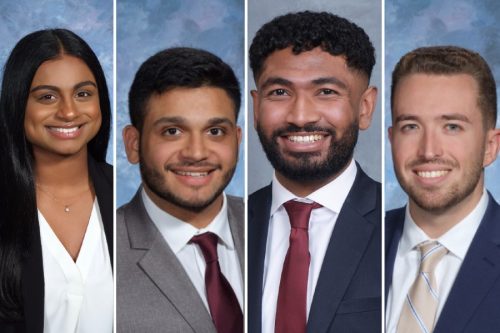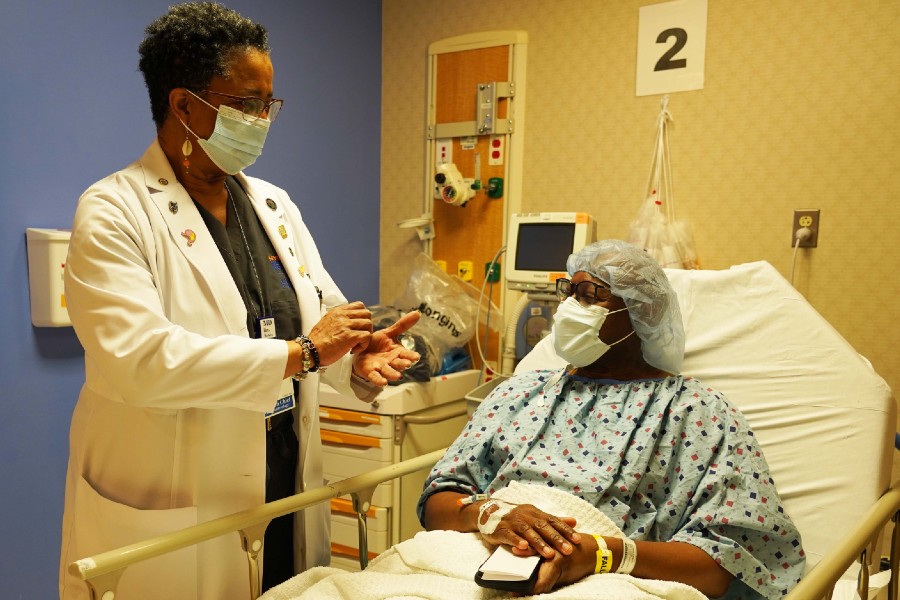
Attention Deficit Hyperactivity Disorder (ADHD) has long been viewed as a childhood condition, with symptoms of inattention, hyperactivity, and impulsivity emerging in early childhood.
However, ADHD does not always disappear in adulthood. An estimated 4-5% of adults have ADHD, including millions who were diagnosed as children.
Symptoms and Challenges in Teens
The transition to adolescence can be difficult for teens with ADHD. While hyperactivity tends to decrease with age, symptoms of inattention and disorganization often persist from childhood into the teen years. ADHD symptoms in teenagers may include:
- Difficulty staying focused and completing tasks
- Forgetfulness and losing track of responsibilities
- Poor time management and organization
- Excessive talking or interrupting
- Impulsiveness and risk-taking behaviors
These symptoms can negatively impact academic performance, social relationships, and self-esteem. Teens with ADHD are more prone to problems like school failures, interpersonal conflicts, and substance abuse. They are also at higher risk for car accidents, especially when not taking medication.
ADHD in Adulthood Roughly 30%-70% of children with ADHD continue to experience symptoms as adults. However, hyperactivity becomes less overt, transitioning into constant restlessness, impatience, and impulsive behaviors. Adults with ADHD struggle with many of the same challenges as teens, including:
- Disorganization, forgetfulness, and poor time management
- Difficulty completing tasks and meeting deadlines
- Problems staying focused during work or conversations
- Frequently losing or misplacing items
- Impatience and impulsive decision-making
These symptoms can lead to problems in relationships, school/work, and finances. Adults with ADHD also have higher rates of other conditions like depression, anxiety, substance abuse, and learning disabilities.
The Role of Brain Chemistry
ADHD arises from differences in brain development and activity. People with ADHD show less activity in brain regions that control attention, behavior, and impulse control. They also have lower levels of dopamine and norepinephrine —- neurotransmitters that help regulate focus and concentration.
Genetic factors likely play a major role, as ADHD runs in families. However, environmental factors like brain injury, exposure to toxins, and premature birth may also contribute to this condition.
Getting an Accurate Diagnosis
Many people go undiagnosed into adulthood, having struggled for years without understanding the cause. The first step is to consult a mental health professional or doctor who is knowledgeable about ADHD. Be prepared to provide information like:
- Childhood history – When did symptoms emerge? Were you diagnosed as a child?
- Current challenges – What types of problems do you experience in daily life?
- Family history – Do any close relatives also have ADHD?
A comprehensive evaluation will determine if ADHD is the cause of these symptoms. It may involve interviews with family members, rating scales, memory/attention tests, and ruling out other possible conditions.
Treatment Options for Teens and Adults
The same treatments used for ADHD in children can also help teens and adults manage their symptoms: Medication – Stimulants like Vyvanse and Adderall can improve focus, memory, organization, and impulse control. Non-stimulants like atomoxetine (Strattera) are another option.
Counseling – Cognitive behavioral therapy helps develop coping skills and strategies for organization, time management, and controlling impulsive behaviors.
Education – Learning about ADHD helps teens and adults understand their challenges and needs.
Lifestyle Changes – Exercise, sleep hygiene, nutrition, and stress management also support symptom management.
Building Daily Living Skills
Making specific lifestyle changes and adopting new skills is key for teens and adults learning to manage ADHD. Helpful strategies include:
- Using planners, calendars, and reminders to stay organized
- Breaking large tasks into smaller, manageable steps
- Removing distractions and designating workspaces
- Scheduling activities and following routines
- Practicing mindfulness and impulse control
Conclusion
With the right treatment plan, support, and daily skills, ADHD does not have to hold teens and adults back from success. Understanding how it commonly persists from childhood into adulthood is the first step.

- Ballet Hispánico’s Quinceañera Gala Raises Over $1.3 Million For Arts And Community
- FTC Investigating TikTok Over Data Privacy Protocols From Harlem To Hollywood
- Sponsored Love: Unveiling SEO Success, The Power Of Paid Guest Post Services On Fiverr
- Black Public Media Awards For Film And Immersive Media Projects
- Trust For Governors Island Announces The Fabulous ‘Year Of Milkweed’ Initiative
Become a Harlem Insider!
By submitting this form, you are consenting to receive marketing emails from: Harlem World Magazine, 2521 1/2 west 42nd street, Los Angeles, CA, 90008, https://www.harlemworldmagazine.com. You can revoke your consent to receive emails at any time by using the SafeUnsubscribe® link, found at the bottom of every email. Emails are serviced by Constant Contact








